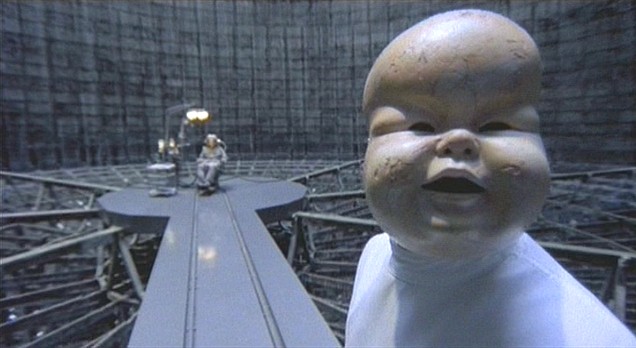Did some creatures max out and solider on? Charles Darwin coined the term “living fossil” for subspecies which peaked early, evolutionarily speaking, but the idea has lost its currency. Somewhere, a crocodile is smiling. From Ferris Jabr at Nautilus:
In May 1997, the same month that The Lost World: Jurassic Park debuted in the United States, the U.S. Postal Service released 15 gorgeous stamps depicting various dinosaurs and extinct reptiles. The stamps caused a sensation among dino enthusiasts and paleontologists alike. “We all rushed out to get them,” remembers Christopher Brochu, a paleontologist at the University of Iowa. As an expert on crocodiles and their ancestors (known collectively as crocodilians and crocodyliforms), Brochu was particularly ecstatic to see that one stamp featured Goniopholis, a crocodyliform from the late Jurassic. When he looked closer, however, he noticed a few oddities: The checkers on its tail, the shape of its scales, and the arrangement of its teeth were not quite right. This drawing, Brochu realized, was not based on fossils of Goniopholis, but rather on the contemporary Nile crocodile.
“People think that to make a landscape look primeval, all you need to do is throw a crocodile into the mix—even a modern one,” Brochu says. “There’s this idea that crocodiles haven’t changed at all since the time of the dinosaurs, that they are so-called ‘living fossils’.” It’s a notion that’s often repeated in magazines, museums, and nature documentaries. But it’s completely wrong. In fact, the whole concept of a “living fossil” has fallen apart.
Charles Darwin coined the term “living fossil” in The Origin of Species to describe some of the planet’s more ambiguous creatures—such as the lungfish and platypus—that evolved relatively early and “endured to the present day.” He saw these animals as living proof of the evolutionary transitions between, say, ocean-dwellers and amphibians. Darwin was careful to point out that this phrase was “fanciful,” but it was also poetic and memorable. It quickly multiplied in both academic writing and the popular press. Eventually, it came to signify creatures that had emerged long ago and had not changed for eons, preserving a primitive appearance unlike any other living thing. “Living fossil” was no longer a passing phrase; it had become a powerful concept shaping scientists’ attitudes towards modern species. If certain creatures were frozen in evolutionary time, the reasoning went, then they could be our windows to ancient epochs of life.
There was a habit of saying, ‘Oh, this fossil looks like a crocodile, let’s just put it in a drawer.’
The idea of the living fossil persists today in everything from top-ten lists of weird creatures to recent scientific studies. The only trouble is this: There is no such thing as a living fossil. It’s true that the living descendants of early animal lineages can teach us about their ancestors, but the idea that any species alive today has stopped evolving is simply false.•


